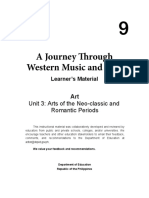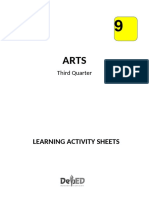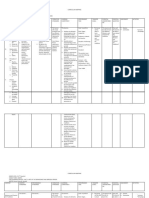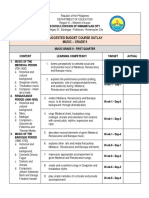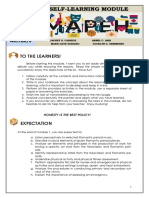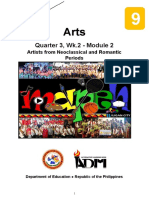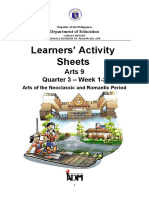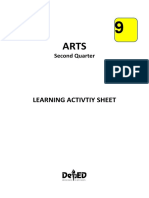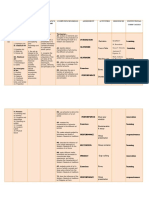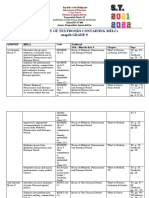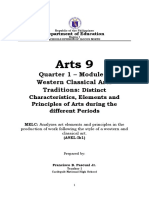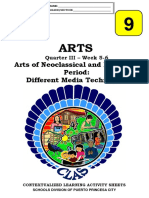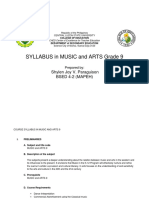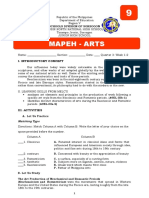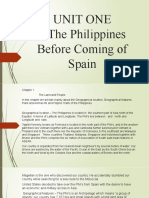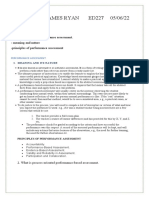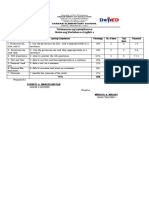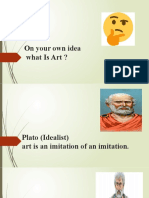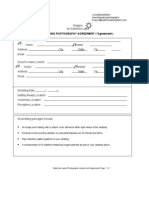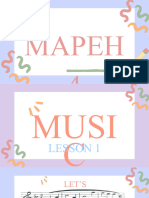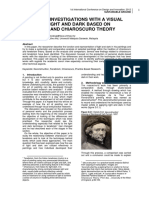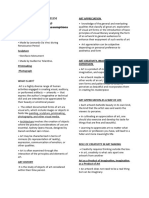0% found this document useful (0 votes)
216 views6 pagesArts Gr.9 3rd Grading
The document outlines an art history curriculum covering prehistoric, ancient, classical, medieval, Renaissance, Baroque, Neoclassical and Romantic periods. It includes topics, activities, key terms and evaluation for each date. Learning competencies focus on analyzing elements/principles, identifying characteristics, representative artists, reflecting on mood/message, evaluating function, deriving traditions/history, comparing styles, and creating works in the style of each period.
Uploaded by
jamesCopyright
© © All Rights Reserved
We take content rights seriously. If you suspect this is your content, claim it here.
Available Formats
Download as PDF, TXT or read online on Scribd
0% found this document useful (0 votes)
216 views6 pagesArts Gr.9 3rd Grading
The document outlines an art history curriculum covering prehistoric, ancient, classical, medieval, Renaissance, Baroque, Neoclassical and Romantic periods. It includes topics, activities, key terms and evaluation for each date. Learning competencies focus on analyzing elements/principles, identifying characteristics, representative artists, reflecting on mood/message, evaluating function, deriving traditions/history, comparing styles, and creating works in the style of each period.
Uploaded by
jamesCopyright
© © All Rights Reserved
We take content rights seriously. If you suspect this is your content, claim it here.
Available Formats
Download as PDF, TXT or read online on Scribd
/ 6







